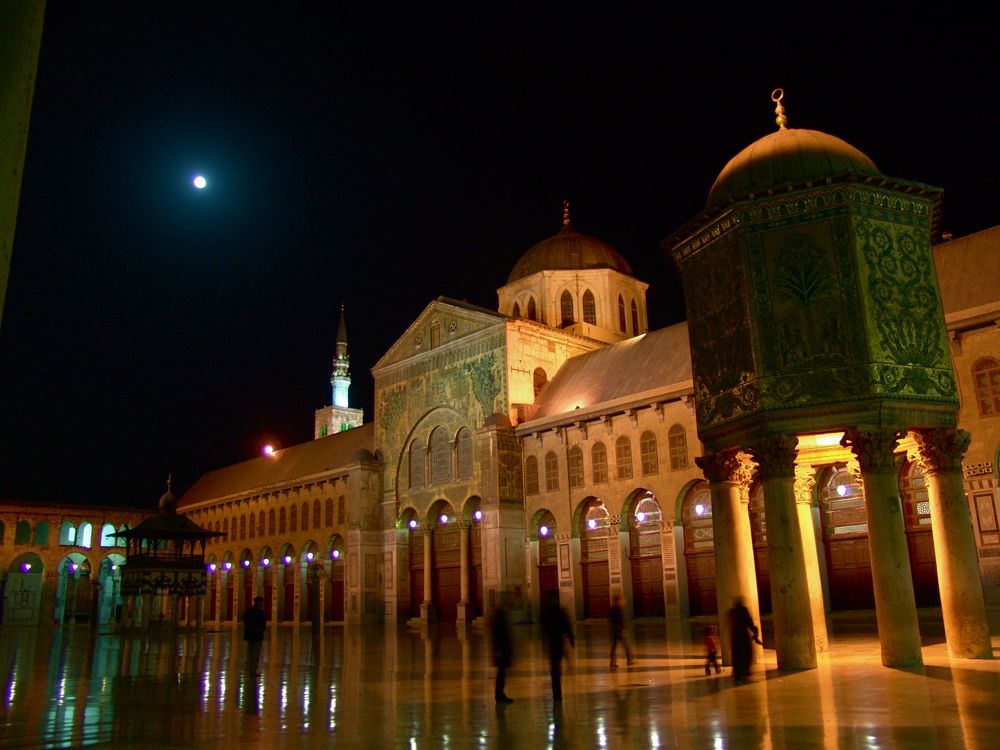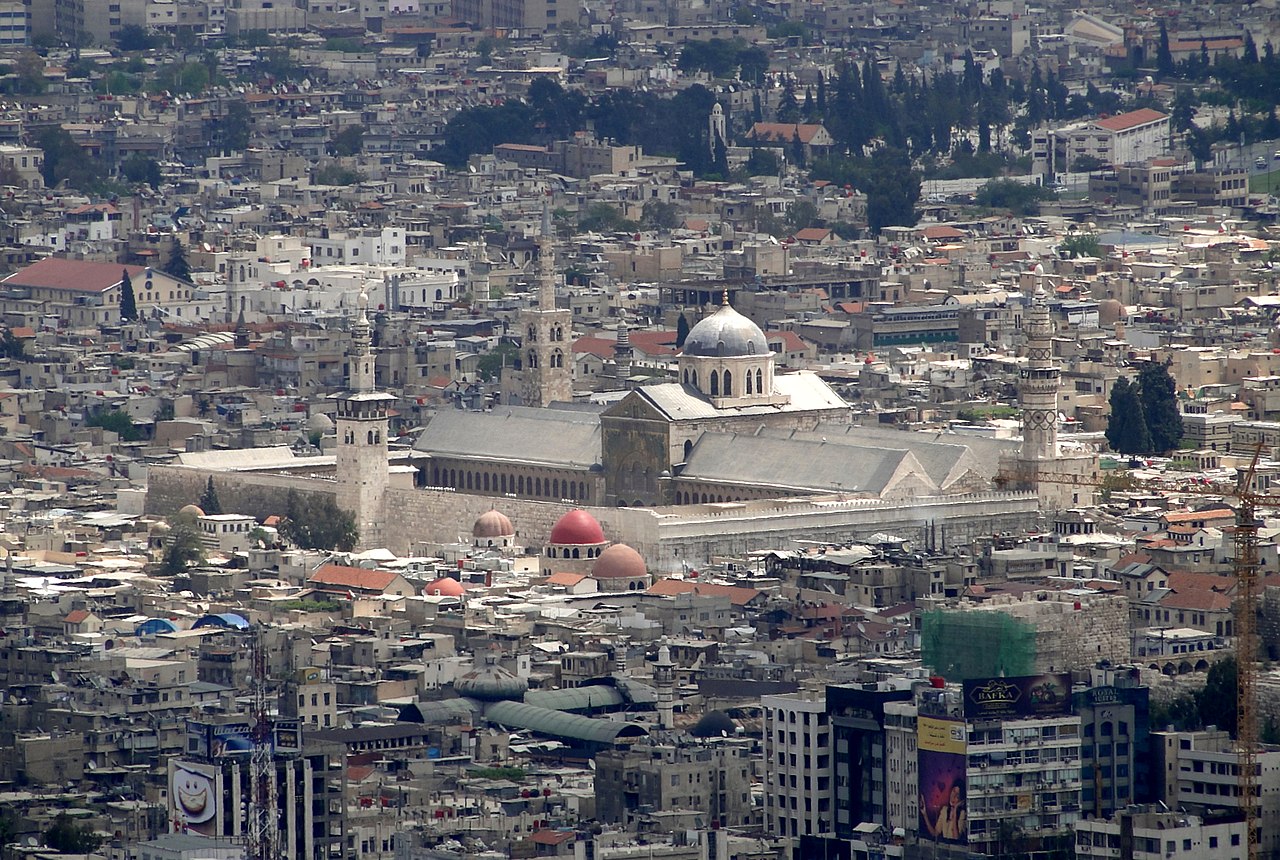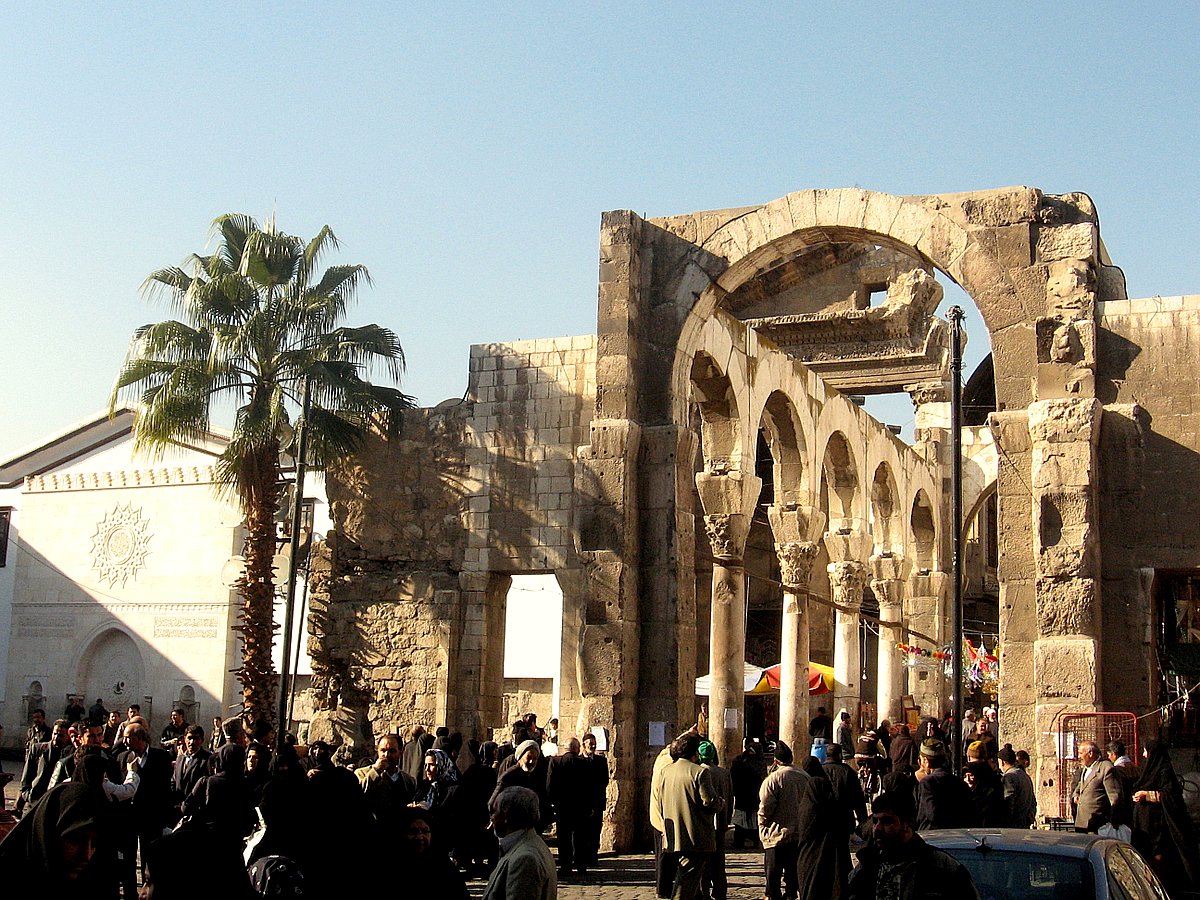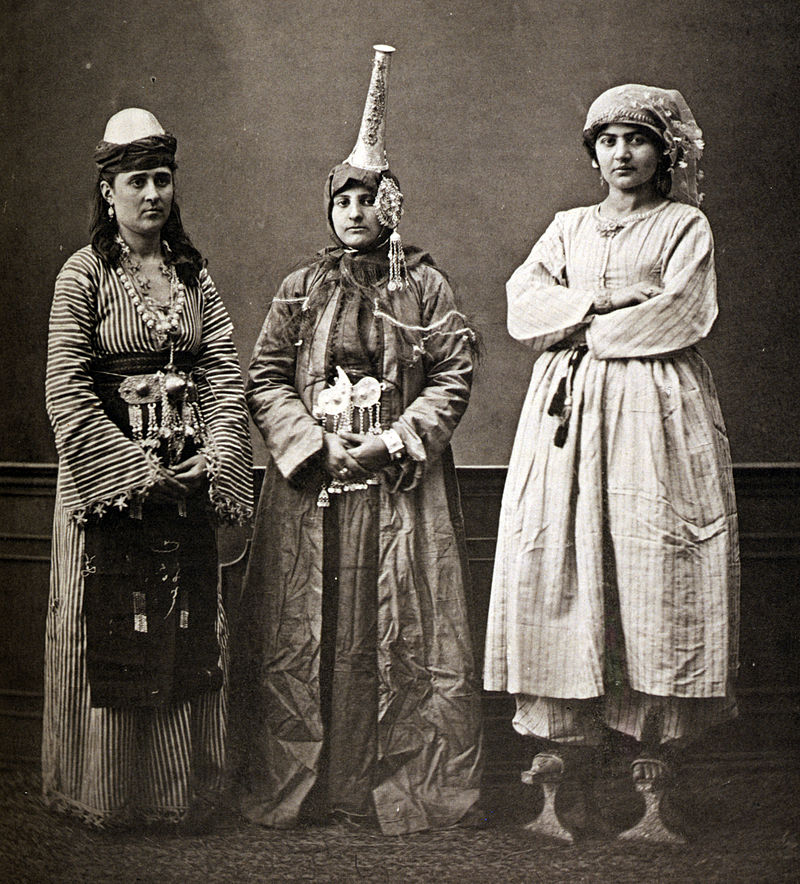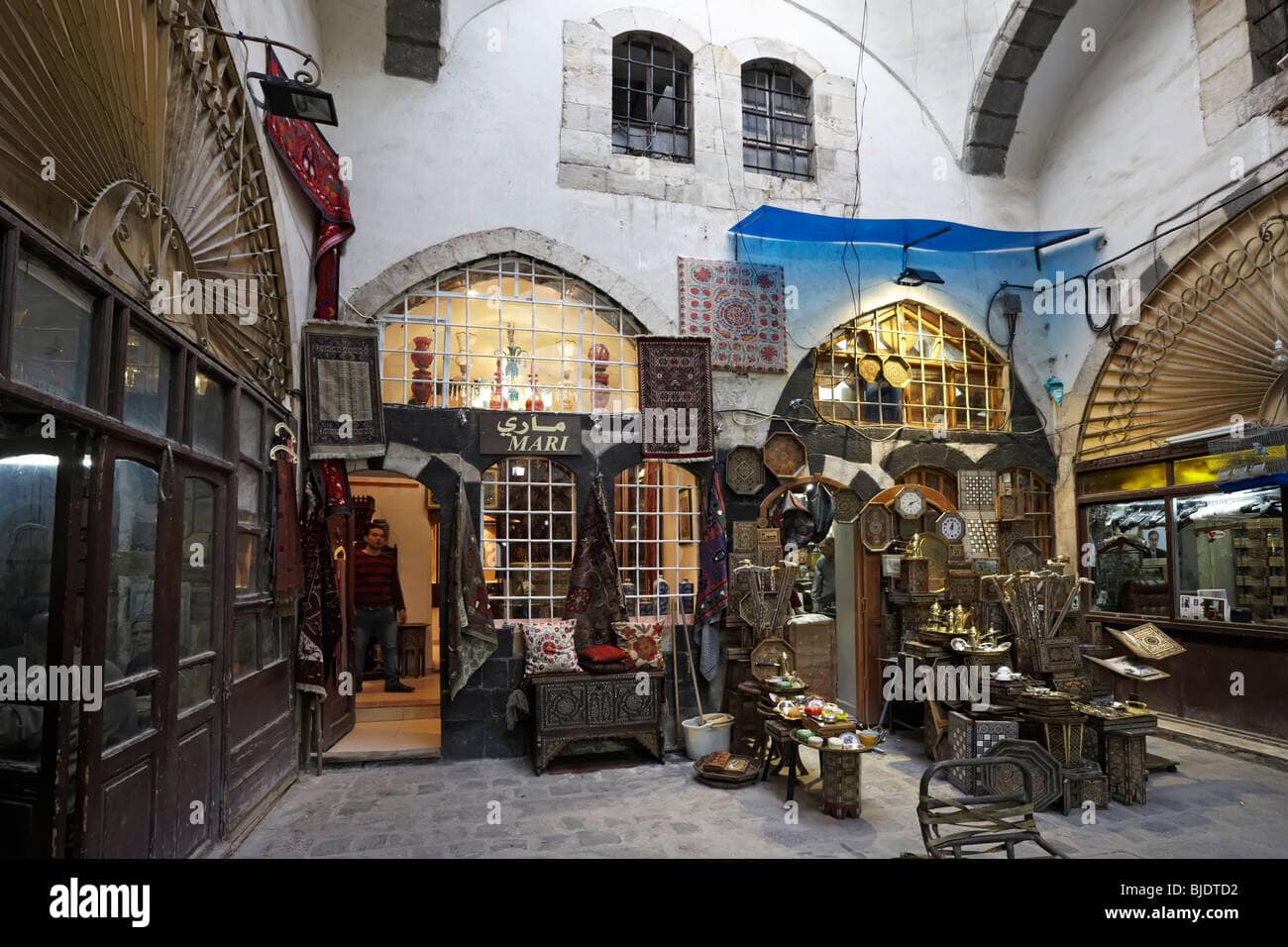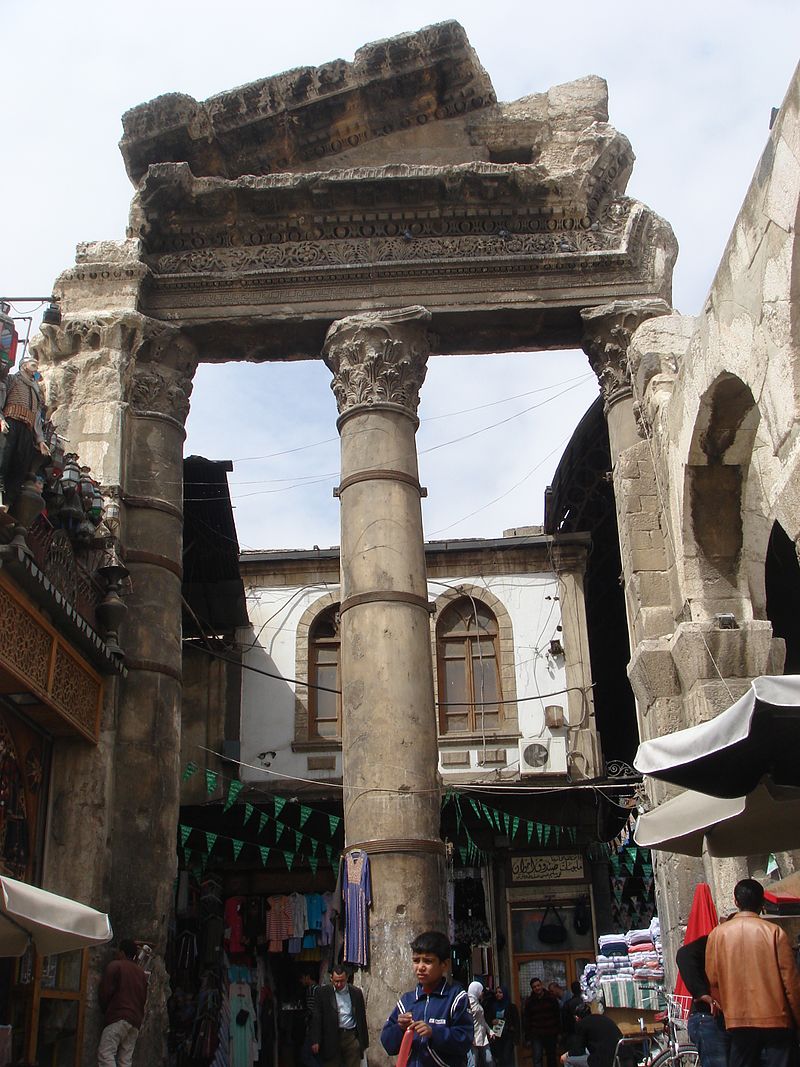
AsianOverland.net
Tour Guide - Itinerary
Asian Overland Sydney to London
Date 03/04/2024DAMASCUS, SYRIA
ASIANOVERLAND.NET LONDON TO SYDNEY DAY 286: HOMS TO DAMASCUS, SYRIA
Damascus is one of the oldest continuously inhabited cities in the world. Some of the earliest Egyptian records are from 1350 BC, when Damascus was called Dimasqu.
The Damascus region, as well as the rest of Syria, became a battleground in 1260 BC between the Hittites from the north and the Egyptians from the south, ending with a signed treaty when Hattusili III handed control of the Damascus area to Ramesses II in 1259 BC.
Damascus is mentioned in Genesis 14:15 as existing at the time of the War of the Kings.
When the Neo-Assyrian Empire was expanding to the Mediterranean coast, King Hadadezer of Damascus led a Levantine coalition in 853 BC in the Battle of Qarqar against the Neo-Assyrian army. Damascus was victorious, temporarily preventing the Assyrians from reaching the Mediterranean coast of Syria. However, after Hadadzezer was killed by his successor, Hazael, the Levantine alliance collapsed. Hazael ordered a retreat to the walled part of Damascus while the Assyrians plundered the remainder of the Damascus kingdom. Unable to enter Damascus, the Assyrians declared their supremacy in the Hauran and Beqa'a valleys (present-day Labanon).
By the 8th century BC, Damascus was practically engulfed by the Assyrians but remained the economic and cultural centre of the Near East. In 727, a revolt took place in Damascus, but was put down by Assyrian forces. After Assyria led by Tiglath-Pileser III went on a wide-scale campaign of quelling revolts throughout Syria, Damascus became totally subjugated to Assyrian rule. A positive effect of this stability for Damascus were the benefits from the spice and incense trade with Asia and Arabia.
Damascus was conquered by Alexander the Great. After the death of Alexander in 323 BC, Damascus became the battleground of a struggle between the Seleucid and Ptolemaic empires, and control of Damascus passed from one empire to the other.
Seleucus I Nicator, one of Alexander's generals, made Antioch the capital of his vast empire, which led to the decline of Damascus' importance compared with new Seleucid cities such as Antioch and Latakia in the north.
In 64 BC, the Roman general Pompey annexed the western part of Syria, occupied Damascus and incorporated it into the league of ten cities known as the Decapolis, which were incorporated into the Roman province of Syria and granted autonomy.
The city of Damascus was redesigned by the Romans after Pompey conquered the region. Today, the Old Town of Damascus retains the rectangular shape of the Roman city, with its two main axes: the Decumanus Maximus (east-west; known as the Via Recta) and the Cardo (north-south). The Romans built a monumental gate which still survives at the eastern end of Decumanus Maximus. The gate originally had three arches; the central arch was for chariots while the side arches were for pedestrians
On the eastbound overland in 1980, I was driving on the highway from Homs to Damascus in my Top Deck bus, Knackers, when I was stopped by a Syrian policeman who said I’d been speeding. The policeman indicated that the penalty was the immediate payment of a cash fine
I asked how fast I was going.
He said I was going 50 miles per hour and asked me to pay the speeding fine in cash.
I didn’t want to pay the Syrian policeman cash (there’s nothing in a Top Deck budget for speeding fines), so I asked the policeman to write me out the speeding ticket. I said my double decker can’t go 50 miles per hour and it would be a Top Deck record if I was travelling 50 miles per hour.
The policeman looked confused and the conversation from Arabic to English descended into chaos as he continually asked for the cash and I responded with sign language asking for him to write me out a ticket, and pointing to his book and his pen. Finally, realising he wasn’t going to get any cash, he waved me on to Damascus with no speeding fine or ticket.
© This work is copyright. Apart from any use permitted under the Copyright Act 1968, no part may be reproduced by any process, nor may any other exclusive right be exercised, without the permission of Peter Searle, peter@portseavillageresort.com; 1980-2024.
Website built by Justin O’Dea www.webdeveloperdocklands.com.au
